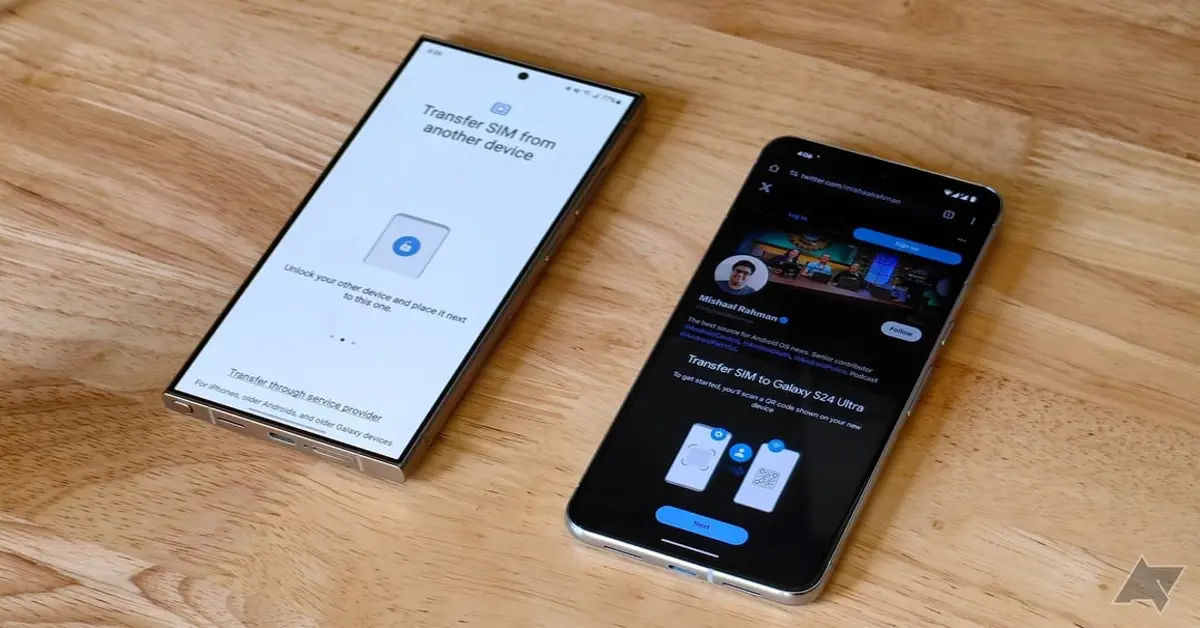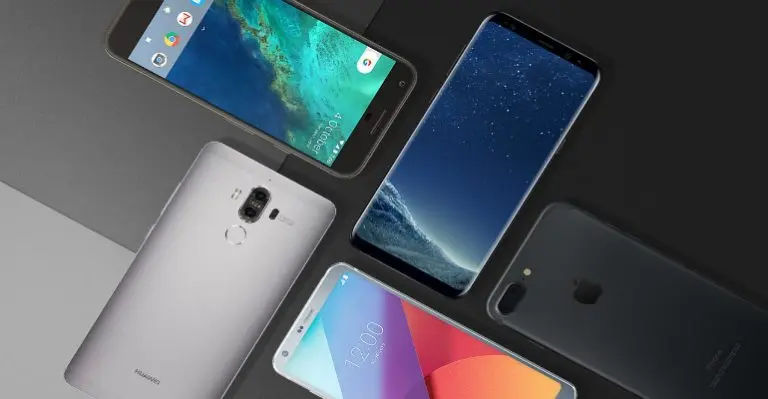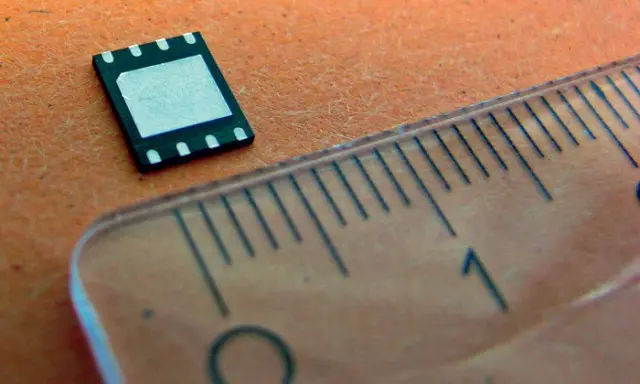How to Transfer eSIM to Another Phone

If you're planning to upgrade your phone or switch to a new device, you might be wondering how to transfer your eSIM to the new phone. Transferring an eSIM can seem like a daunting task, but with the right guidance, it's a relatively simple process. In this article, we'll walk you through the steps to transfer your eSIM to another phone, ensuring a seamless transition of your mobile service. Whether you're upgrading to a new device or switching to a different phone temporarily, this guide will help you navigate the process with ease. Our goal is to provide you with a comprehensive understanding of eSIM transfer, so you can enjoy uninterrupted service on your new phone.
Transferring an eSIM requires some basic knowledge of your phone's settings and your service provider's procedures. Before you start the transfer process, it's essential to ensure that both your old and new phones support eSIM functionality. This is crucial because not all phones are compatible with eSIM, and attempting to transfer an eSIM to an incompatible device can lead to errors or even loss of service. Additionally, it's vital to follow the instructions carefully to avoid deleting the eSIM, which can result in permanent removal of the service from your device. By understanding the process and taking the necessary precautions, you can transfer your eSIM successfully and enjoy continuous mobile service on your new phone.
To transfer your eSIM, you'll need to provide a valid email address to receive instructions from your service provider. This is a critical step, as the instructions will guide you through the transfer process and ensure that your eSIM is activated on your new phone. It's also important to note that the transfer process may vary depending on your service provider and the type of phone you're using. Some providers may require you to visit a physical location or contact their customer support for assistance, while others may offer a remote transfer option. By following the instructions provided by your service provider and taking the necessary steps, you can transfer your eSIM and enjoy uninterrupted mobile service on your new phone.
Understanding eSIM and Its Benefits

What is eSIM?
An eSIM, or embedded SIM, is a small chip embedded in a phone that allows you to activate a cellular plan from your service provider. eSIMs offer greater flexibility and convenience compared to traditional SIM cards, as they can be easily activated or deactivated remotely. This makes it easier to switch between different service providers or plans, and it also eliminates the need to physically swap SIM cards.
Benefits of eSIM
The benefits of eSIM include: * Convenience: eSIMs can be activated or deactivated remotely, making it easier to switch between different service providers or plans. * Flexibility: eSIMs allow you to have multiple cellular plans on a single device, making it ideal for travelers or those who need to use different plans for work and personal use. * Space-saving: eSIMs are embedded in the phone, eliminating the need for a physical SIM card slot.
Transferring eSIM to Another Phone

Methods to Transfer eSIM
There are two primary methods to transfer an eSIM to another phone: 1. Transfer via Service Provider: Contact your eSIM provider for instructions on how to transfer the eSIM to your new phone. You'll need to provide details about your new device, such as the phone number, account number, and IMEI. For example, you can visit Apple Support for iPhone-specific instructions or Google Fi for Google Fi eSIM activation. 2. Transfer via QR Code: If your service provider supports QR code transfer, you can use the same QR code to install the eSIM on your new phone. To do this, go to Settings > Connections > Add eSIM on your new device and scan the QR code. If you're unsure about how to scan a QR code, you can refer to this guide on how to scan a QR code. Additionally, if you need to generate a new QR code for your eSIM, you can learn how to create a QR code for free in just a few seconds here.
Device-Specific Transfer Instructions
The transfer process may vary depending on the type of phone you're using. Here are some device-specific instructions:
Transferring eSIM from Android to Android:
- Inform your carrier about the transfer.
- Provide necessary information about the new device.
- Follow the carrier's instructions.
Transferring eSIM to a New iPhone:
- Via Bluetooth:
- Enable Bluetooth on both devices.
- On the new iPhone, go to ### Transferring eSIM from iPhone to Android
- Deactivate eSIM on iPhone:
- Go to Settings > Cellular > Cellular Plans.
- Select the eSIM you want to transfer and tap Remove Cellular Plan.
- Obtain QR Code from Carrier:
- Contact your service provider to get a new QR code for your eSIM.
- Activate eSIM on Android:
- On your new Android device, go to Settings > Network & Internet > Mobile Network > Add Carrier.
- Scan the QR code provided by your carrier to activate the eSIM.
Troubleshooting Common Issues
While transferring your eSIM, you may encounter some common issues. Here are a few troubleshooting tips:
- eSIM Not Activating: If your eSIM fails to activate, ensure that you have a stable internet connection and that the QR code is scanned correctly. You may also want to restart your device.
- Carrier Support: If you experience persistent issues, don’t hesitate to reach out to your carrier’s customer support for assistance. They can provide specific guidance based on your situation.
- Device Compatibility: Double-check that both your old and new devices support eSIM functionality. If one of the devices does not support eSIM, you will need to consider alternative methods, such as using a physical SIM card.
Additional Considerations
When transferring your eSIM, keep in mind the following:
- Backup Your Data: Before making any changes, ensure that you back up your data. This includes contacts, messages, and any important files. While the eSIM transfer process is generally safe, it’s always better to be prepared.
- Check for Software Updates: Ensure that both devices are running the latest software updates. This can help prevent compatibility issues during the transfer process.
- Plan for Downtime: Depending on your carrier and the method of transfer, there may be a brief period during which your mobile service is unavailable. Plan accordingly, especially if you rely on your phone for work or important communications.
Conclusion
Transferring your eSIM to another phone can be a straightforward process if you follow the right steps and stay informed about your carrier's requirements. By understanding the methods available for transferring eSIMs, whether through your service provider or via QR code, you can ensure a smooth transition to your new device. Remember to check device compatibility, back up your data, and reach out to your carrier for assistance if needed. With these tips in mind, you can enjoy uninterrupted mobile service on your new phone and take full advantage of the flexibility that eSIM technology offers.





